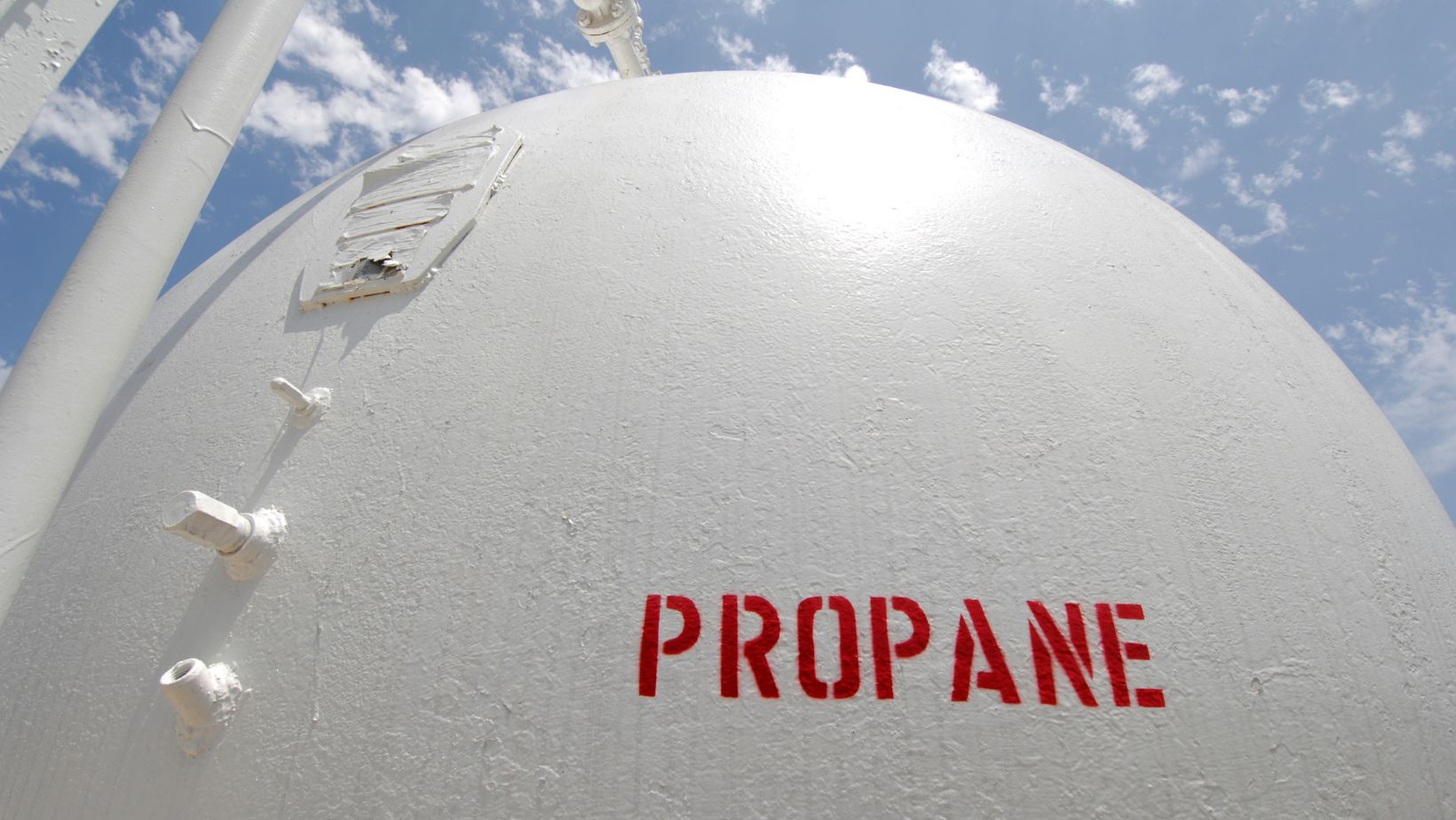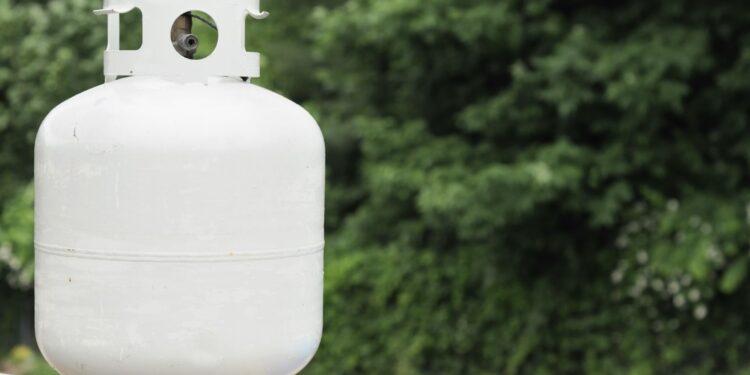Wondering about the safety of using a propane tank inside your house? It’s a valid concern that many people have. Propane is commonly used for grilling and heating, but is it safe to bring it indoors? Let’s dive into this topic and explore the potential risks and precautions associated with using a propane tank inside the house.
Firstly, it’s important to note that using a propane tank indoors poses significant safety hazards. Propane is highly flammable, and any leakage or mishandling can lead to fires, explosions, or carbon monoxide poisoning. Inhaling high levels of carbon monoxide can be deadly, as it displaces oxygen in the body.
Is it Safe to Use a Propane Tank Inside the House
The Importance of Proper Ventilation
When considering the safety of using a propane tank inside the house, one crucial factor to consider is proper ventilation. Propane tanks emit fumes that can be hazardous if not properly ventilated. It’s important to ensure that there is adequate airflow in the area where the tank is being used.
Here are a few reasons why proper ventilation is essential:
- Preventing Carbon Monoxide Buildup: Propane combustion produces carbon monoxide, an odorless and colorless gas that can be extremely dangerous when inhaled in high concentrations. Without adequate ventilation, carbon monoxide can accumulate indoors, posing a serious health risk for you and your family.
- Avoiding Fire Hazards: Propane gas is highly flammable, and any leak or malfunctioning equipment could potentially lead to a fire hazard. Proper ventilation helps dissipate any leaked gas and reduces the chances of ignition.
To ensure safe usage, here are some tips for maintaining proper ventilation when using a propane tank indoors:
- Open Windows or Doors: If you’re using a propane tank indoors, make sure the area has good airflow by opening windows or doors. This allows fresh air to enter and helps remove any potential buildup of harmful gases.
- Install Carbon Monoxide Detectors: Carbon monoxide detectors are essential for monitoring indoor air quality. Install them near areas where propane tanks are used, such as near heating appliances or water heaters.

Safe Storage and Handling of Propane Tanks
When it comes to using a propane tank inside the house, safety should always be the top priority. Proper storage and handling of propane tanks are crucial to ensure a safe environment. Let’s explore some important guidelines to follow:
- Ventilation: Adequate ventilation is essential when storing or using a propane tank indoors. Propane gas is heavier than air and can accumulate in enclosed spaces, leading to potential hazards. Ensure that there is proper airflow to prevent any buildup of gas.
- Location: Choose an appropriate location for storing your propane tank indoors. It should be kept in a well-ventilated area away from flammable materials, heat sources, or ignition points such as electrical panels or appliances.
- Tank Positioning: Always keep the propane tank upright on a stable surface to prevent tipping over. Avoid placing it near doorways or walkways where it could obstruct movement.
- Leak Detection: Regularly inspect your propane tank for any signs of leaks such as hissing sounds, strong odor, or frost accumulation on the exterior surface. If you suspect a leak, evacuate the area immediately and contact professionals for assistance.
- Fire Safety: Install smoke detectors and fire extinguishers near the area where you store your propane tank indoors. Make sure everyone in the household knows how to use them effectively.
- Professional Inspection: Schedule regular inspections with certified professionals who can check for any potential issues with your propane system and provide necessary maintenance.
Remember, while it may be convenient to use a propane tank indoors for certain applications like heating or cooking during emergencies, it’s important to exercise caution at all times.
In conclusion, when considering whether it’s safe to use a propane tank inside the house, following these safety guidelines becomes vital for maintaining a secure indoor environment free from potential hazards associated with improper storage and handling practices.














































































































